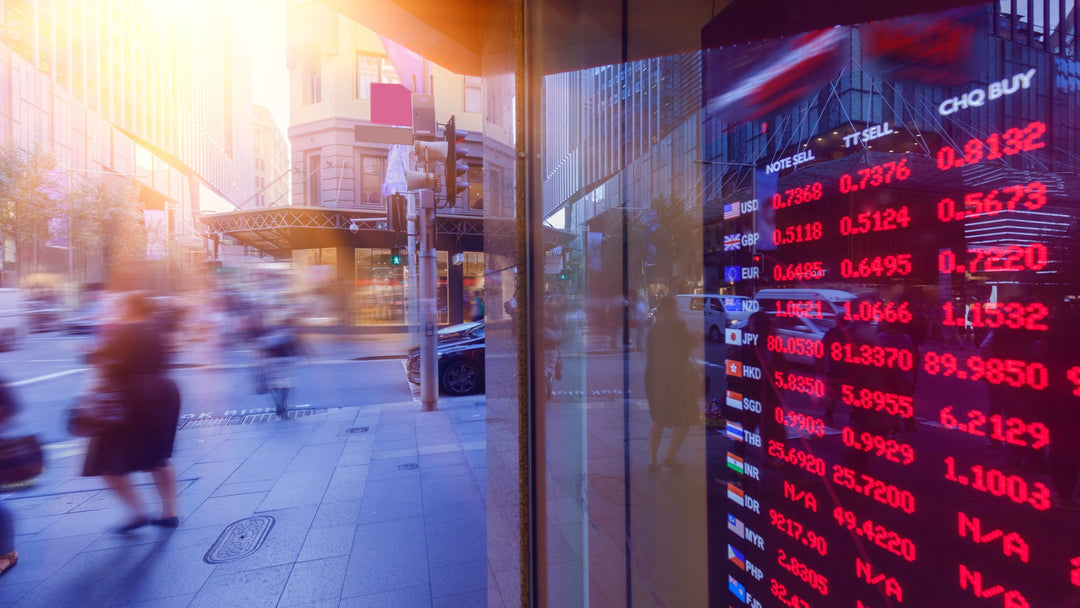Investment in timberland has traditionally been seen as a reliable inflation hedge. Timber is needed around the world for a variety of purposes, including for making paper and furniture, e-commerce and packaging, and in construction. And there are millions of acres of timberland in the U.S. alone, owned by a wide variety of investors, from charitable organizations to private companies and individuals.
Why Invest in Timberland?
Timberland is popular for investors looking to diversify their portfolio and it is typically resilient against inflation, due to the stable demand for timber in construction, and the ability of trees to continue growing and gaining value even when harvests are delayed. The global market for saw timber and solid wood product has remained stable even after years of pandemic and major supply chain disruptions that affected many commodities.
We expect demand for wood in construction to remain robust, as it is more environmentally friendly than many other building materials, such as cement and steel. Using timber wood for construction purposes will, therefore, help the building industry to adapt in line with the green transition, as governments put increasing pressure on companies to decarbonize.
The purchase of timberland can help companies to offset their carbon emissions, under national carbon-cutting schemes. Many companies may also be eligible for tax credits and other incentives for investing in carbon-cutting operations. We expect more companies to make investments in timberland as a means of improving their ESG practices. Developing sustainable forest projects, which provide rural jobs and enhance biodiversity, will promote better ESG practices and can help boost overall company profits.
Strong Cash Yields and the Potential for Capital Appreciation
We envisage investments in timberland to achieve strong cash yields of 7% to 10%, despite the ongoing inflation and other economic challenges. Following the pandemic, many people are looking to buy houses or remodel their properties. Rising inflation and interest rates forced people across the U.S. to delay spending in the housing market in 2022, meaning that there is a pent-up demand in the property market. In addition, restrictions during Covid encouraged many people to move out of cities to suburban areas, where the use of lumber in construction is more commonplace.
With the easing of supply chain disruptions last year, both the supply and demand of lumber have continued to rise, and elevated prices are expected to be seen over the next 12 to 18 months. We believe that innovations in lumber production, mainly through the construction of new mills, will foster the supply and demand for wood in construction, as companies move away from the carbon-intensive production of other building materials. Investors in timberland will benefit from developing projects that promote carbon cutting, biodiversity, and sustainable reforestation.
Our Outlook Remains Positive
We expect a rise in investment in timberland by NGOs, corporations, pension funds and family offices. The strong ability of timber to withstand inflation and other economic challenges makes it an attractive investment opportunity. Further, we expect the demand for wood products for construction and e-commerce will continue to grow in line with the green transition, as a more climate-friendly alternative to many other building materials.








